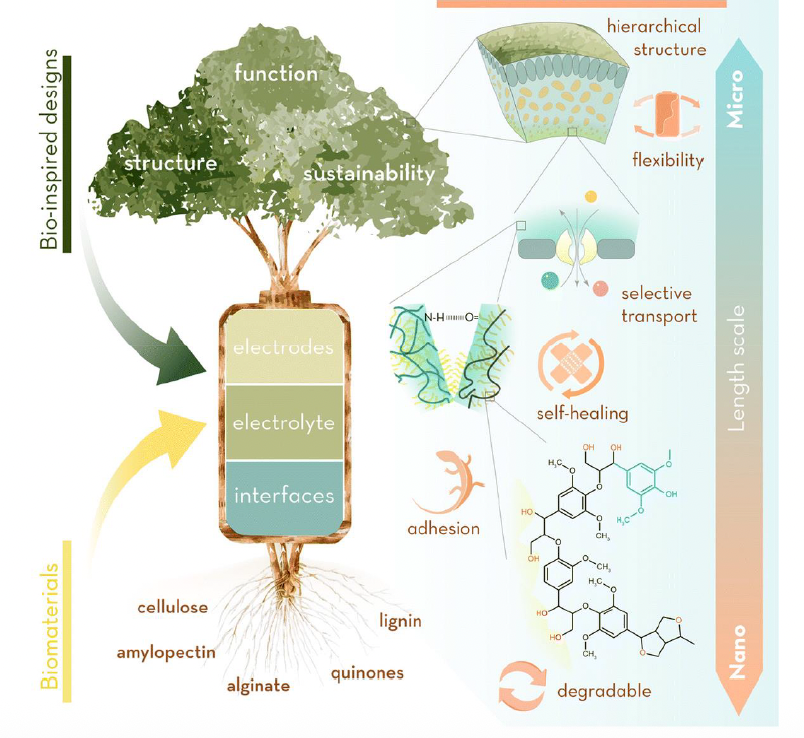
California passes sweeping energy storage legislation
While the United States federal government dithers, California has steamed ahead with four piece of legislation promoting energy storage. California Governor Jerry Brown signed the bills into law last week, and together they mark a new epoch in Californian energy policy.
AB 2861 aims to solve disputes between storage developers and the utility companies that must give approval before storage can connect to the grid. Previously, these disputes could be protracted and expesnive. Now the Californian Public Utilities Commission (CPUC) will create an expert panel to resolve fee disputes within two months.
AB 2868 is more directly interventionist, directing the CPUC to set targets for California’s big three electrical corporations to ‘accelerate widespread deployment of distributed energy storage systems’. The bill aims to enforce another 500 megawatts of storage into the Californian grid, building on a similar 2010 bill which set a 2020 target of 1.325 gigawatts.
AB 33 instructs the CPUC to ‘evaluate and analyze the potential for all types of long-duration bulk energy storage resources to help integrate renewable generation into the electrical grid’.
AB 1637 doubles the CPUC’s budget for a ‘Self-Generation Incentive Program’, adding $249 million for small-scale storage.
The bills are individually small, and build on legislation already passed, but announcing all four in a day is a clear signal that the Californian government intends to build energy storage into its future plans. At a time when other legislatures are struggling to formulate a response to the disruptive potential of storage, California’s experiment will be watched with interest.













